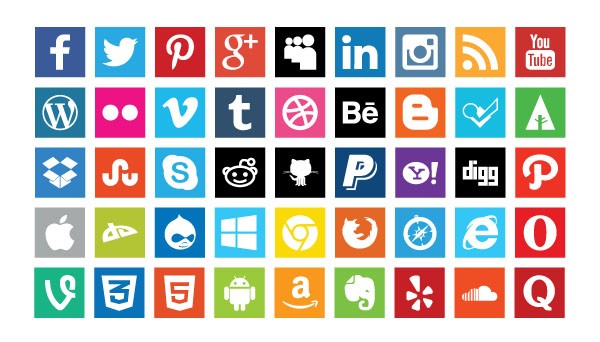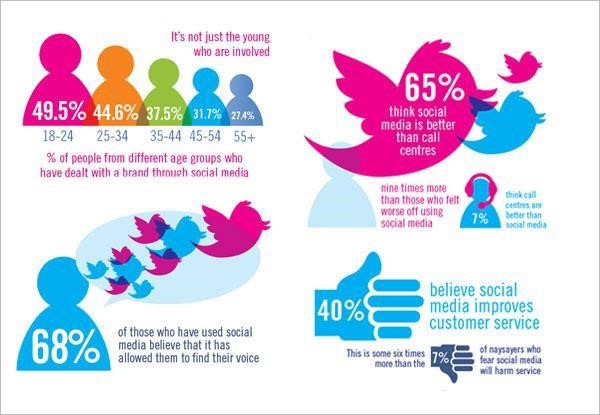
These days the majority of businesses have some type of social media presence. But how effectively are they using social media as a customer service tool?
CPG Marketing produced an interesting infographic detailing 8 Social Media trends for 2016. Although not a new trend, it is important not to forget social media as an important customer service tool and this needs to include the usage of messaging apps; Messenger, WhatsApp etc. Interestingly Australian Broadcasting Commission (ABC) News has started using Whatsapp to push out News headlines and Facebook has just announced chatbots within Messenger for businesses the capability to provide automated customer service.
When referring to Social Media as a customer service tool, I am referring to customers using social media to ask questions or provide feedback about products and services, rather than participating in marketing campaigns or promotions.
There are many documented benefits and challenges with using social media channels as a customer service tool. Below are 4 important elements to get your business ready for social customer service.
1. Develop your Customer Experience strategy – Social media is here to stay and your customers are increasingly using social media to engage with businesses.

Stop treating Social Media as a marketing tool and include it as part of a comprehensive business wide Customer Experience strategy. Identify which social channels are beneficial to your customer’s experience with your entire business. It is important to note, you will also need to consider how this impacts staff levels and their roles and responsibilities and importantly who is able to monitor, update and edit and respond on your social media profiles.
2. Develop Social Media policies & Social Media Playbook – With your Customer Experience strategy defined, attending to the operational or day-to-day aspects of managing social media across the business can be addressed with a Social Media Playbook and Social Media policies. A Social Media Playbook helps your staff understand how to respond to customer comments using the right tone and voice and in providing right information. As an example, which conversations should be moved to a confidential direct messaging conversation and from there, how much confidential information can be discussed before needing to pick up the phone.
- Social Media policies are needed in a business to clearly define an official business process and examples would include:
- Staff Social Media Usage Policy – how and when staff are able to interact with the business on social media from their work or personal profiles.
- Content Approval Policy – depending on your business, some social media content will need to be approved by a legal or compliance team.
- Escalation Policy – important for staff to know when and who to escalate customer comments to minimise publicity issues for the business.
- Service Level Agreement or Turn around policy – response guidelines and workflow should be created for controversial or sensitive issues. Social media is about immediacy. Posting a response two days later due to lengthy approval processes compromises your customer experience strategy.
3. Informative and up-to-date website – your company website should always be a completely up to date source of information with processes in place to ensure it kept updated. If there are new customer feedback themes from social media, this can be easily addressed with a comprehensive FAQs section.
Your Social Media Playbook will detail how to respond to social media comments and push customers to the website to find out additional information by including links to the website.
4. Social Management Software – for social media to be an effective customer service channel, it requires the ability to track and respond to all comments, questions, posts and produce regular management reporting highlighting information including: number of posts, response times, types of posts, sentiment etc. Depending on the social networks you choose, you may need to utilise their propriety management software or use a Social Management Software aggregating your social media profiles into one view. This part of the social media industry is still growing and you may need to use multiple tools depending on the social channel you’re using.